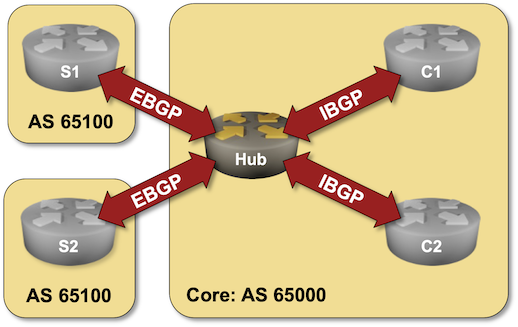Cloudflare incident on November 14, 2024, resulting in lost logs
On November 14, 2024, Cloudflare experienced an incident which impacted the majority of customers using Cloudflare Logs. During the roughly 3.5 hours that these services were impacted, about 55% of the logs we normally send to customers were not sent and were lost. We’re very sorry this happened, and we are working to ensure that a similar issue doesn't happen again.
This blog post explains what happened and what we’re doing to prevent recurrences. Also, the systems involved and the particular class of failure we experienced will hopefully be of interest to engineering teams beyond those specifically using these products.
Failures within systems at scale are inevitable, and it’s essential that subsystems protect themselves from failures in other parts of the larger system to prevent cascades. In this case, a misconfiguration in one part of the system caused a cascading overload in another part of the system, which was itself misconfigured. Had it been properly configured, it could have prevented the loss of logs.
Cloudflare’s network is a globally distributed system enabling and supporting a wide variety of services. Every part of this system generates event logs which contain detailed metadata about what’s happening with our systems around Continue reading




